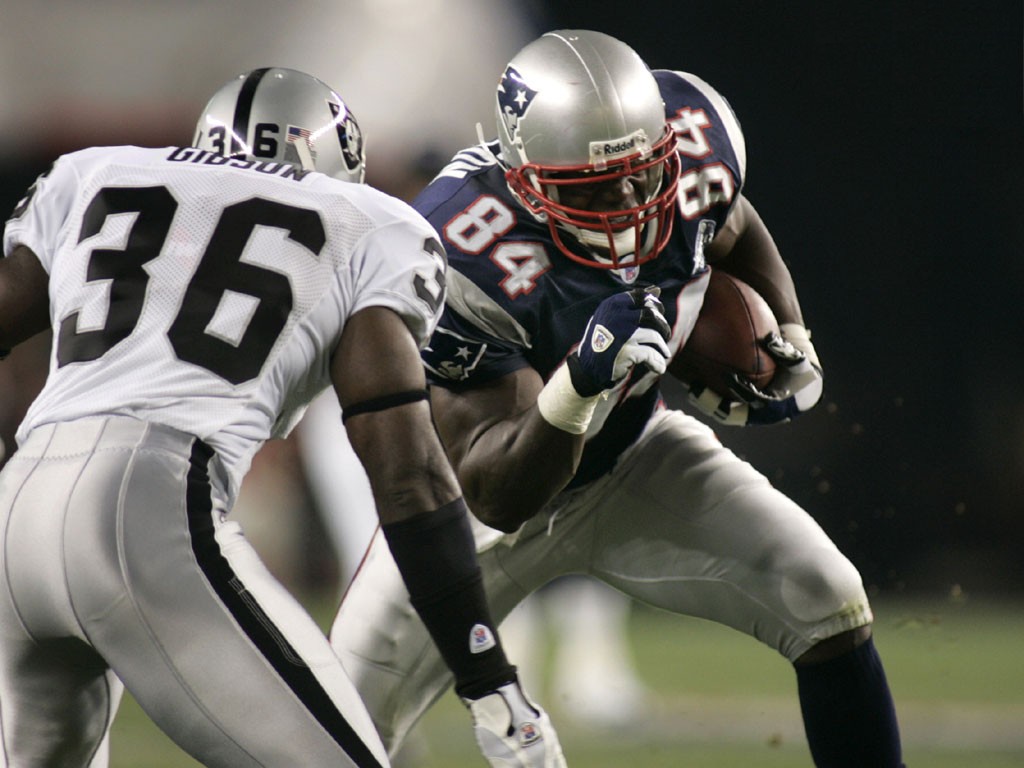For someone outside the US, the visceral connection with football
seems mysterious. You can understand a lot about the future (and past)
of marketing once you understand how the sport turned into a cultural
touchstone.
Tribes -> TV -> Money -> Mass -> TV -> Tribes
Football as we know it started in colleges. It was an epic muddy
battle, pitting one alma mater against another, a war-like, non-balletic
battle that united (at a pretty elemental level) the tribes on each
side. As it grew as a college sport, it became as much of a social event
as a sporting one, with alumni and students finding connection around a
game.
But if that's all it was, today wouldn't be the biggest day of the
year for several industries. If that's all it was, you wouldn't be able
to pick a fight merely by challenging the hegemony of football or the
local team. We'd be spending as much time and energy on soccer or
lacrosse or basketball, but we don't.
No, it turns out that, quite accidentally, football, more than any
other sport, is made for television. It's better on TV than it is live.
The combination of the play clock, the angles, the repetition and the
opportunity for analysis all make it perfect to watch on TV. And perfect
to run commercials on. TV and football grew up together, side by side.
Instant replay and the thirty-second commercial, supporting each other.
It's not an accident that the commercials are as much a part of the
Super Bowl as the game. The commercials represent both the cash
component of football as well as the cultural souvenirs that go with our
consumption of the game.
Fifty years ago, a coat salesman paid $4,000 for the rights to film a game, and
NFL Films was
born. The decisions Ed and Steve Sobol made over the years turned the
sport cinematic, amplifying the tribal origins but taking them much
further. They used sound editing and shot on film, all to transform a
game into a spectacle.
Then, the second great accident occurred: As football became the
official sport of television, it generated billions of dollars in
revenue. This revenue led advertisers to push for more football, which
led to more television, which led to colleges transforming football from
a small sideline into a cash cow of some focus, despite the fact that
it has very little to do with the core mission of the institution.
People justify the unpaid (and dangerous) labor of college football
players by pointing to all the scholarships. But the scholarships aren't
for playing football, they are for appearing on TV. That's what pays
for the system.
The media-football complex drives deep into childhood, with many kids
fast-tracked from a very young age into the game (not soccer, not
baseball, not physics) at some level because of TV and because of money
and because of tribes. If football is part of what we stand for, then of
course we're happy to have our kid be part of that. But what does it
mean for football to be part of what you stand for?
No one stands for movies, or ice cream or double-entry bookkeeping.
No, a sport has become a pillar of our worldview, a tribal and economic
connection to our past and our future. We don't want to understand the
history and the money and the happy accidents. We just assume that this
is as it was and as it will be.
Going forward, no other sport will ever have a run like this, because
the TV-cash part of the connection can't be recreated. Mass TV built
many elements of our culture, but mass TV (except for tonight) is
basically over.
The new media giants of our age
(Facebook, Twitter, Google, etc.) don't point everyone to one bit of
content, don't trade in mass. Instead, they splinter, connecting many to
many, not many to one.
The cultural touchstones we're building today are mostly not mass,
mostly not for everyone. Instead, the process is Tribes ->
Connections/communities -> Diverse impact. Without the mass engine of
TV, it's difficult to imagine it happening again. So instead we build
our lives around cultural pockets, not cultural mass. Our job as
marketers and leaders is to create vibrant pockets, not to hunt for
mass.


